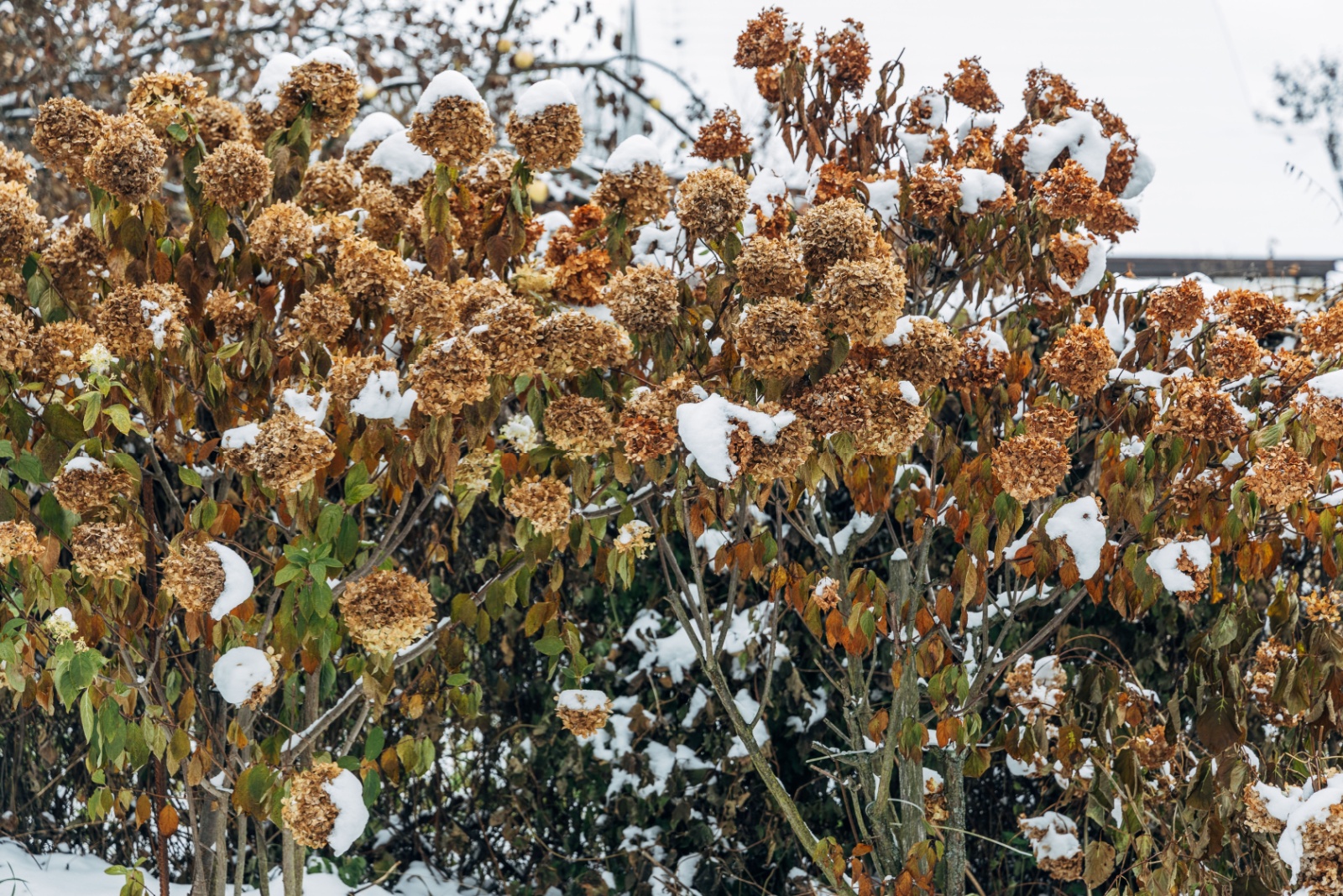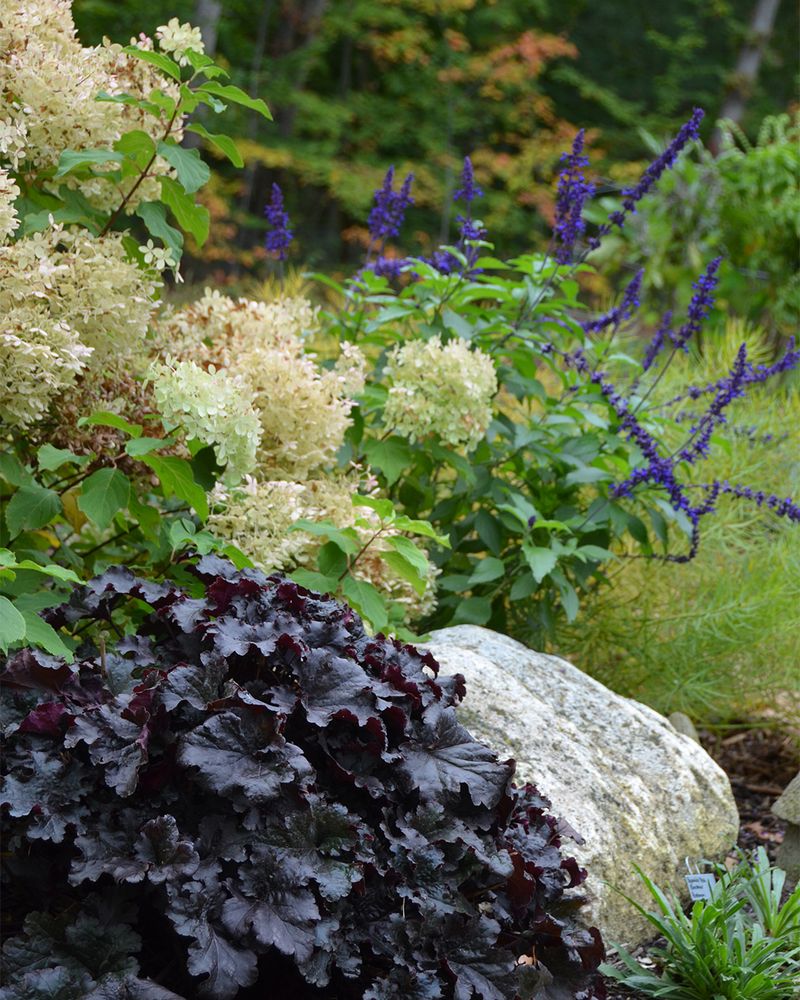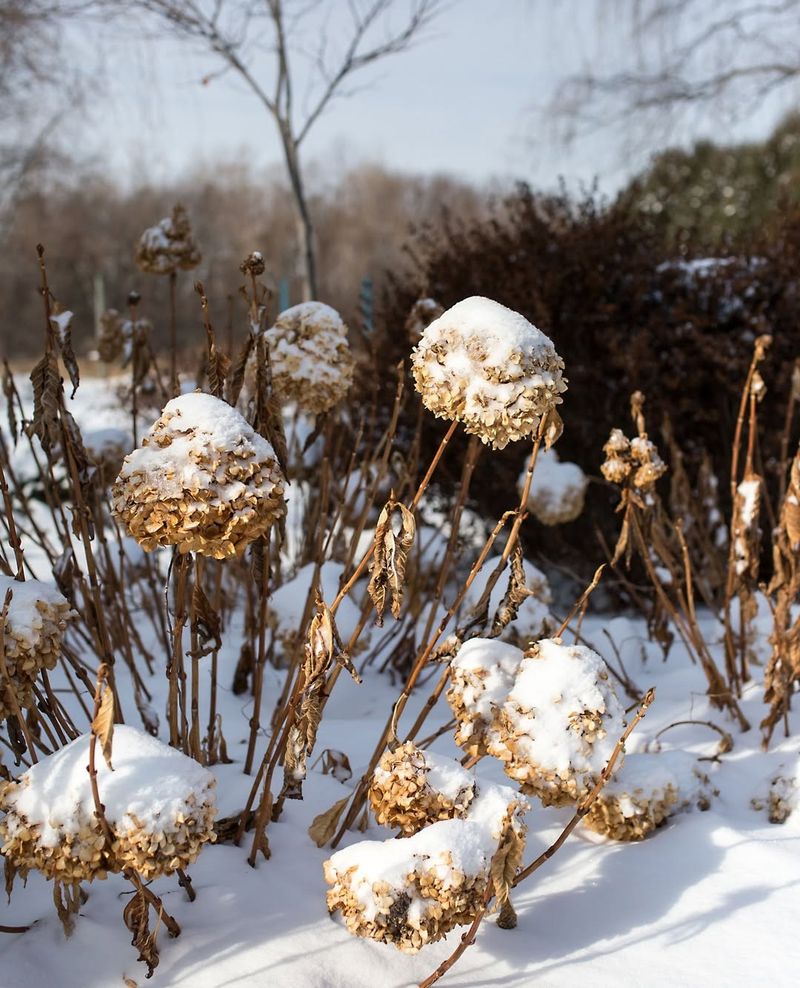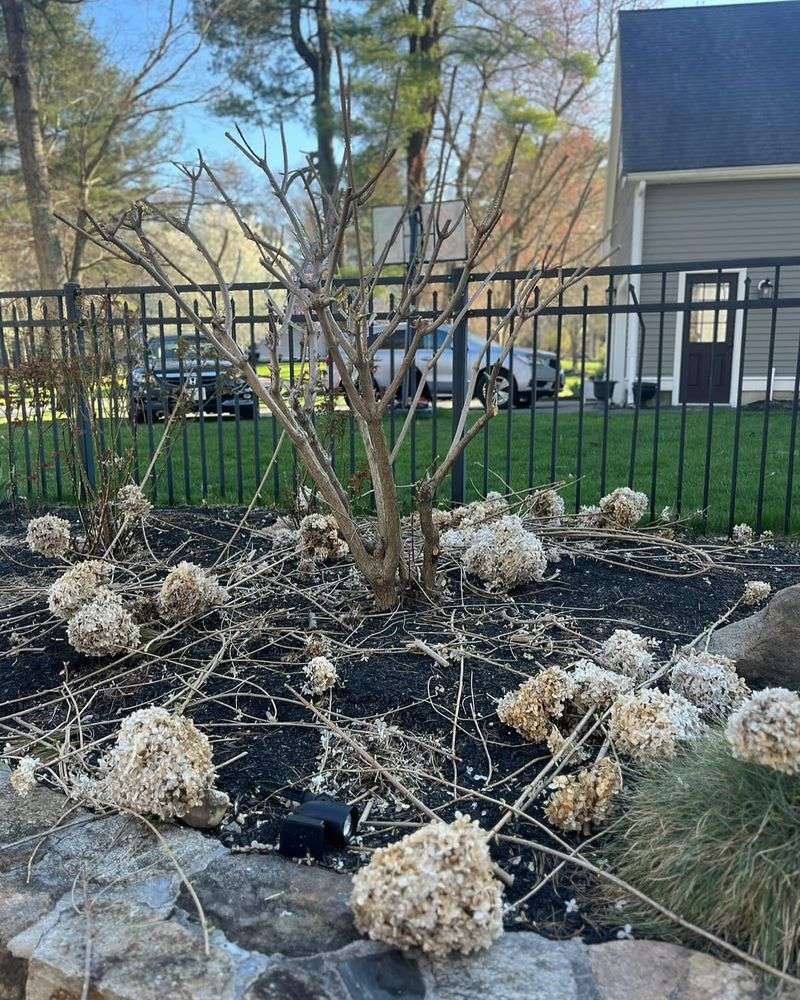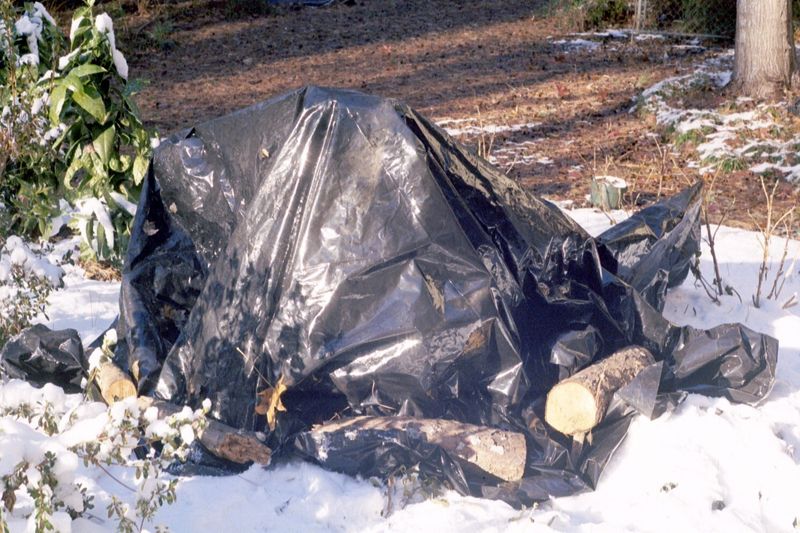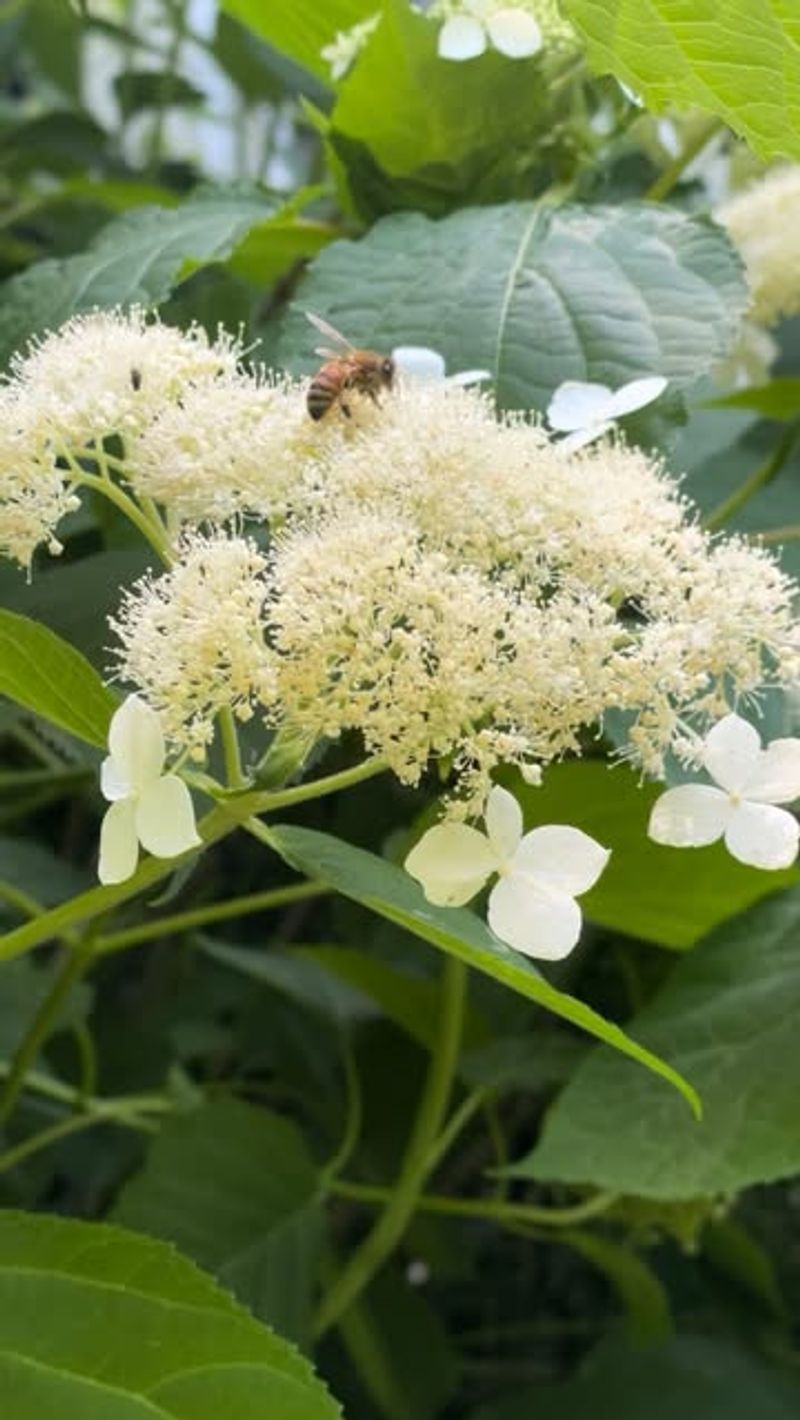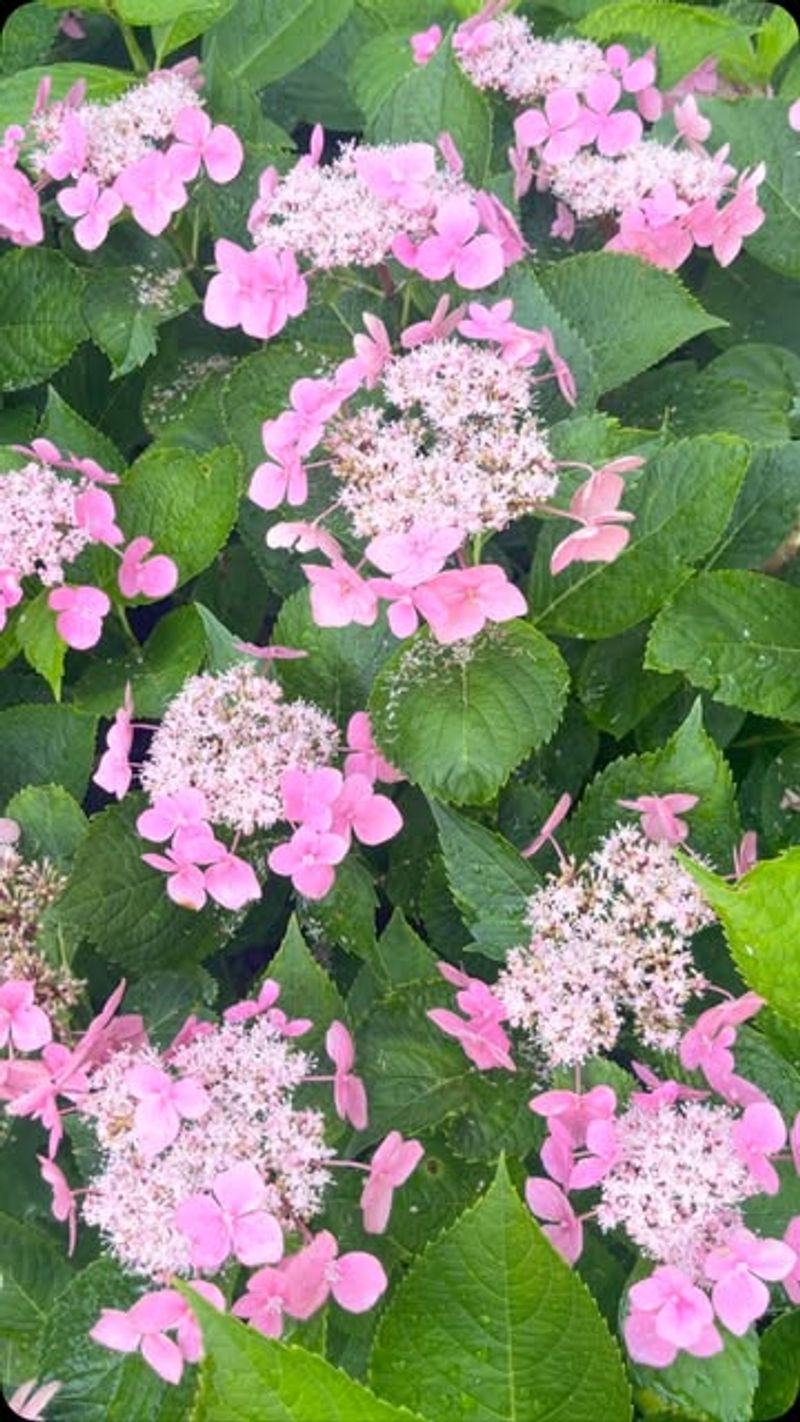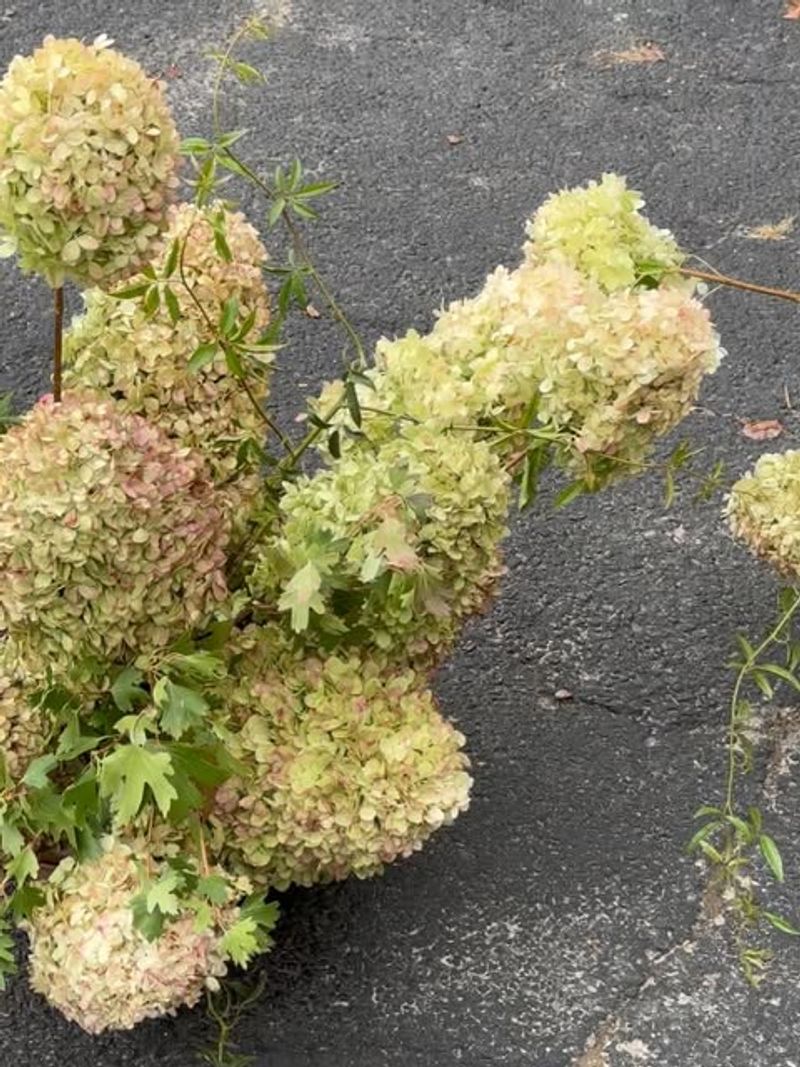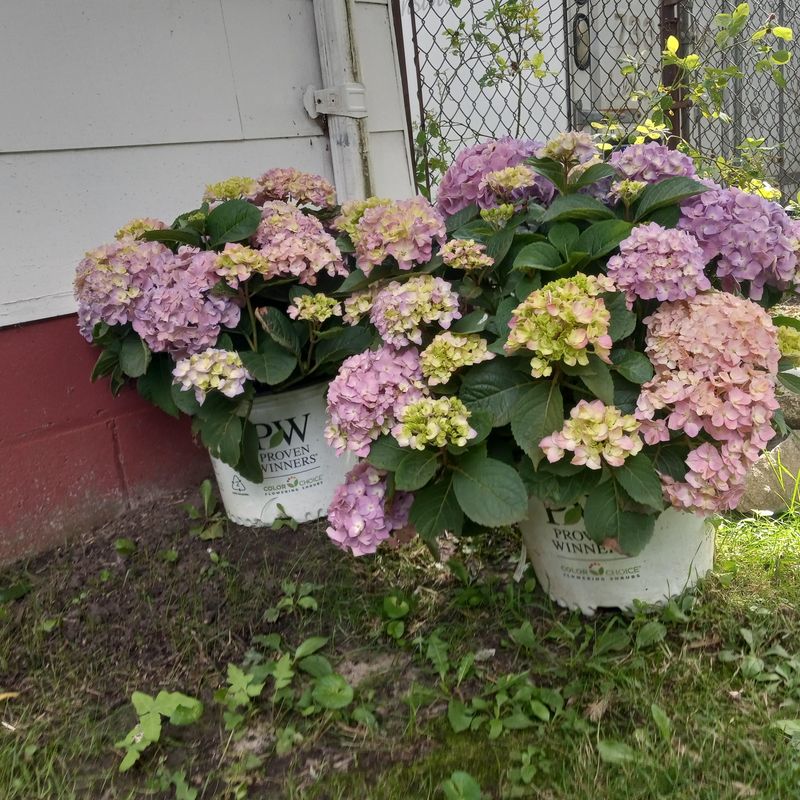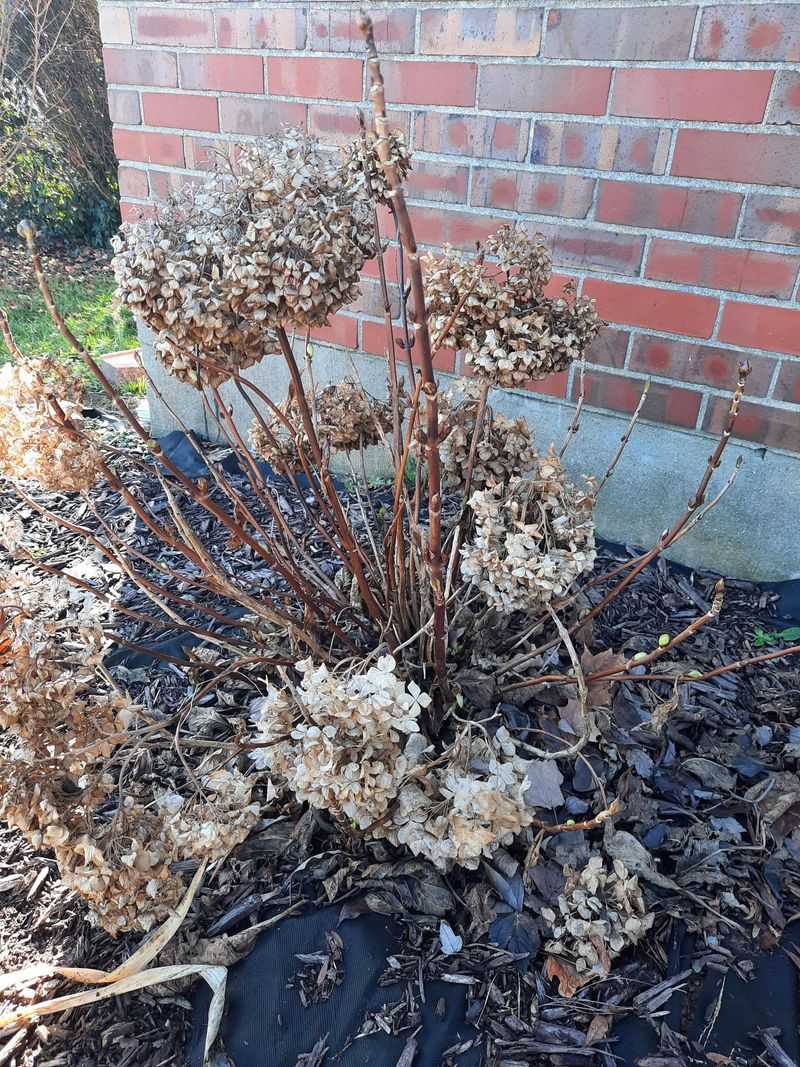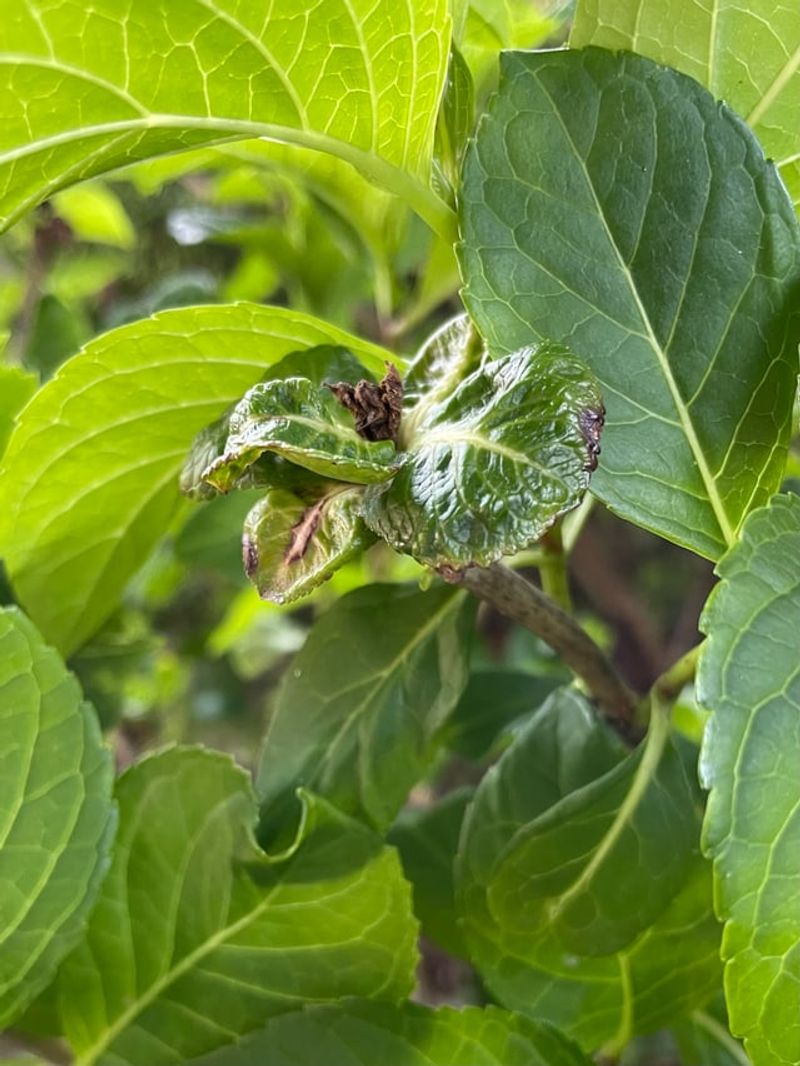Hydrangeas add vibrant charm to Kentucky gardens with their bold, colorful blooms. But when winter rolls in, these beloved shrubs need a little extra care to make it through the cold.
Many gardeners unintentionally damage their hydrangeas by rushing the winter prep. Simple mistakes—like pruning too late or skipping insulation—can lead to bare branches come spring.
I’ve found that protecting the roots and avoiding heavy trimming before frost makes a big difference. With the right steps, your hydrangeas will bounce back beautifully when warmer days return.
1. Pruning Too Early In Fall
Many gardeners grab their pruning shears the moment temperatures drop, but this timing can spell disaster for your hydrangeas. Cutting branches too early removes protective buds that help the plant survive freezing weather.
Wait until late winter or early spring instead. Old stems and dried blooms actually shield tender growth from harsh Kentucky winds and sudden temperature swings.
Patience pays off when protecting these beloved shrubs through winter.
2. Forgetting To Water Before The First Freeze
Your hydrangeas need a good drink before winter sets in, yet countless gardeners overlook this critical step. Dry roots suffer more damage when temperatures plummet below freezing.
Give your plants a deep watering session when you know a hard freeze is coming. Moist soil holds heat better than dry ground, creating a warmer environment around root systems.
Think of it as giving your hydrangeas a cozy blanket from the inside out.
3. Using The Wrong Mulch Material
Not all mulch works equally well for protecting hydrangeas during Kentucky winters. Heavy materials like thick wood chips can trap too much moisture, causing root rot when temperatures fluctuate.
Lightweight options such as shredded leaves, pine straw, or compost work better. These materials insulate roots while allowing proper air circulation and drainage.
Spread a four to six inch layer around the base without piling it against the stems directly.
4. Wrapping Plants In Plastic
Plastic seems like a logical shield against cold weather, but it creates more problems than it solves. Moisture gets trapped inside, encouraging mold growth and disease that weakens your hydrangeas.
Burlap or breathable frost cloth offers better protection without the humidity issues. These materials block harsh winds while letting air circulate freely around branches and leaves.
Your plants need to breathe even during their winter dormancy period.
5. Applying Fertilizer In Late Fall
Feeding hydrangeas as winter approaches might seem helpful, but it actually encourages tender new growth at the worst possible time. Fresh shoots have no chance against Kentucky’s freezing temperatures and will die quickly.
Stop fertilizing by late August to let plants harden off properly. This process prepares them for dormancy and increases their cold tolerance significantly.
Save the plant food for early spring when growth should resume naturally.
6. Ignoring Different Hydrangea Varieties
Treating all hydrangeas the same way leads to unnecessary losses each winter. Bigleaf hydrangeas need much more protection than panicle or smooth varieties, which handle Kentucky cold better naturally.
Know which type grows in your garden before choosing protection methods. Oakleaf hydrangeas fall somewhere in the middle, requiring moderate care during harsh weather.
Research your specific variety to provide exactly what it needs for survival.
7. Skipping The Mound Method For Sensitive Types
Bigleaf hydrangeas bloom on old wood, making their buds extremely vulnerable to Kentucky freezes. Without proper mounding, you might lose an entire season of flowers.
Build a protective mound of soil, compost, or mulch around the base, covering the lower stems up to twelve inches high. This shields the most critical buds from temperature extremes.
Remove the mound gradually in spring when frost danger passes completely.
8. Placing Hydrangeas In Wrong Locations
Location matters tremendously when it comes to winter survival, yet many gardeners plant hydrangeas in exposed spots. North-facing areas and open spaces leave plants vulnerable to drying winds and temperature swings.
Choose protected sites near buildings, fences, or other structures that block harsh weather. Eastern exposures work particularly well in Kentucky, providing morning sun and afternoon shade.
Planning ahead prevents years of winter protection struggles.
9. Removing Protective Coverings Too Soon
Spring fever strikes gardeners hard, causing them to strip away winter protection at the first warm day. Kentucky weather remains unpredictable through April, and late freezes can devastate unprotected hydrangeas.
Wait until nighttime temperatures consistently stay above freezing before removing coverings. Uncover gradually over several days, letting plants adjust slowly to changing conditions.
Rushing this process wastes all the careful protection you provided throughout winter months.
10. Neglecting To Check For Pests And Disease
Winter preparation involves more than just cold protection. Pests and diseases hide in dead leaves and damaged wood, waiting to attack weakened plants when spring arrives.
Inspect your hydrangeas carefully before winterizing them. Remove any diseased foliage, check for egg masses or insect damage, and clean up debris around the base thoroughly.
Starting winter with healthy plants dramatically improves their chances of thriving when warm weather returns to Kentucky.

